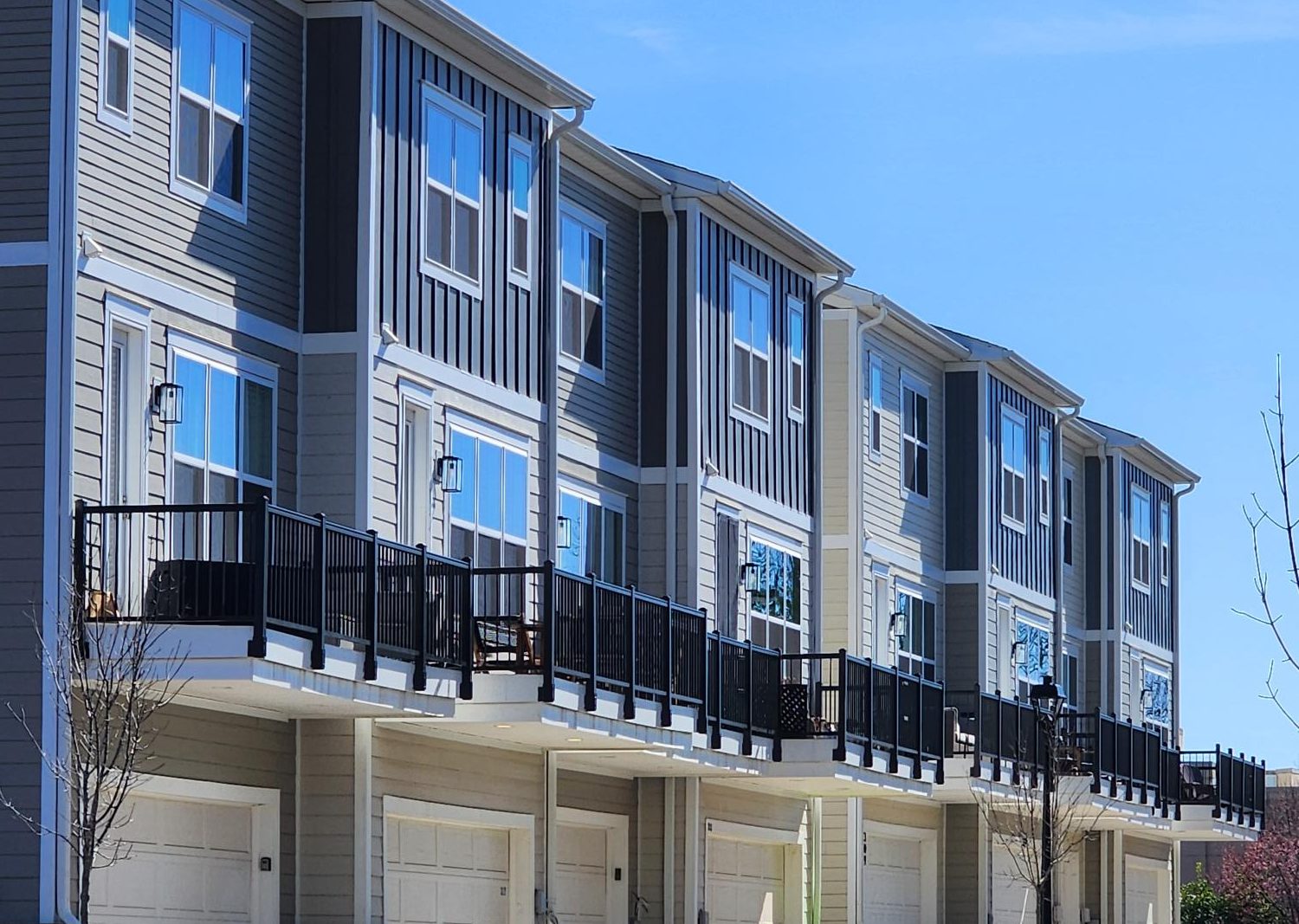Back porch versus front porch. How are they different? Do you need both? One for socializing and one for privacy?
Front porches
These are the darlings of planning commissions, zoning boards, and traditional neighborhood enthusiasts. They help to create a pedestrian-friendly neighborhood. They animate the streetscape. Front porches are awesome for connecting with your neighbors as they walk their dogs and can be very social. I believe they are a cornerstone in fostering community.
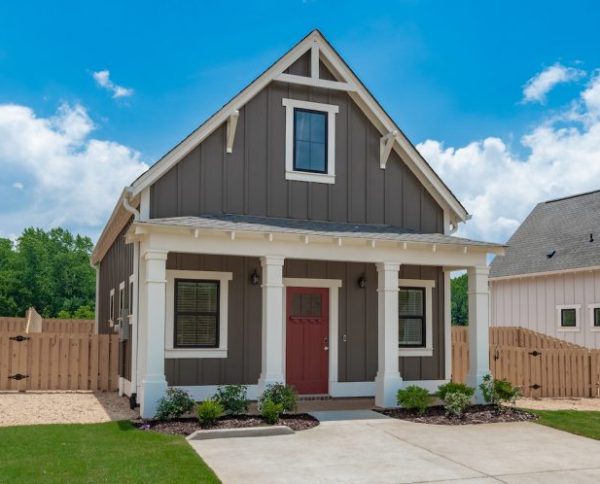
We have spoken many times about front porches. You can find the link to that blog here.
Backyard living
Last week, we talked about how cherished backyards can be. They are more private, making them perfect for that first cup of coffee in your P.J.s or just some quiet reflective time. Having an awesome backyard in a single-family home is filled with endless possibilities.
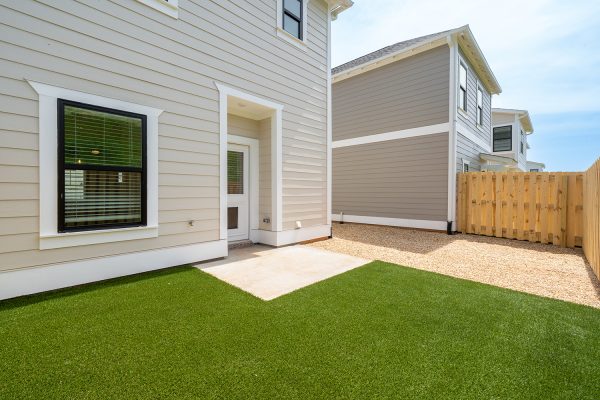
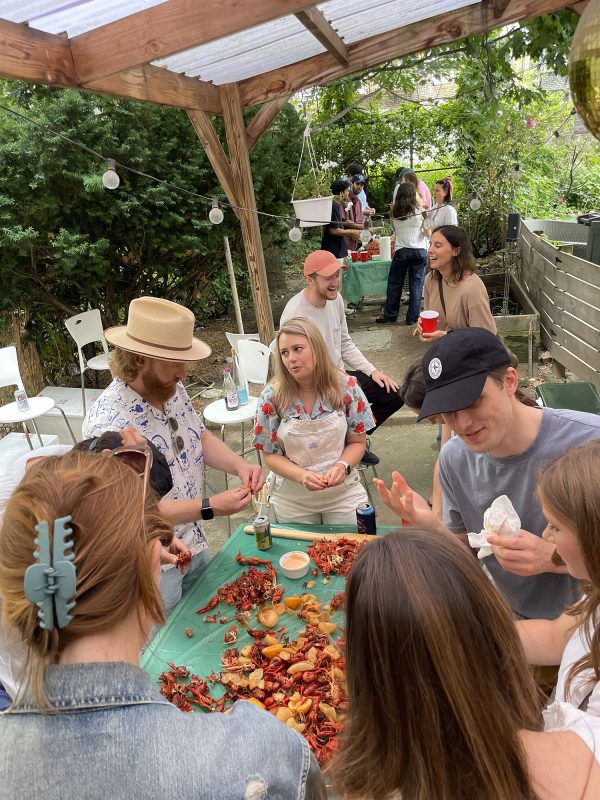
The allure of a private backyard has made selling attached homes harder. Ah – but not all townhomes are created equal. Let’s examine a few examples.
Front loaded townhomes
Whether it is a one car garage or two, having a dedicated space behind your unit – porch or patio – is easily understood by buyers. Here in the Sunshine State, we like our patios covered (often called a lanai) because of the intense heat from the sun – and the year-round torrential downpours. And then there’s the bugs, meaning a covered rear porch is usually enclosed with a screen. A nearby townhome development was built without any covered rear porches. It now has a variety of after-market additions – making a compelling case that buyers desire their rear outdoor living covered.
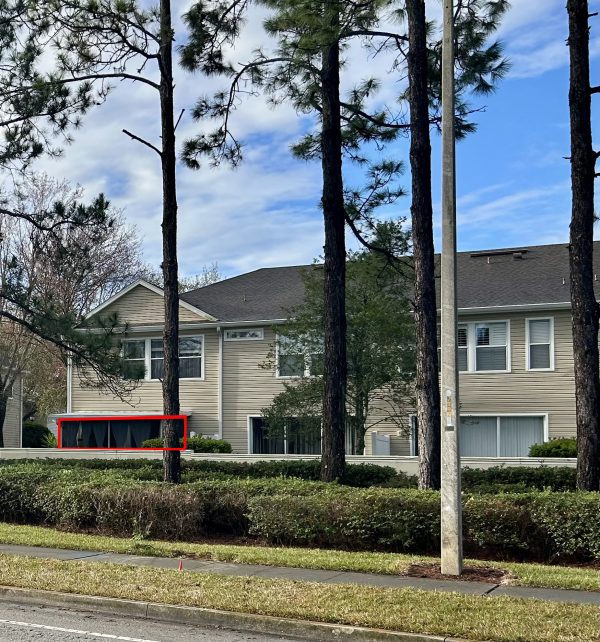
In climates less severe, we find a paved patio with privacy walls between neighbors common and certainly more affordable. Add a couple of chairs and a table with an umbrella and you have the start of your own outdoor oasis. Oh – and don’t forget the grill!
Alley Loaded Townhomes
But what happens when your backyard is your driveway? Not only is it no longer private, but it’s also not the place to add a table and chairs. We often design alley loaded townhomes with great front porches. While these are great social spaces, they aren’t the best place to sunbathe or hangout in your pajamas.
One solution is to detach the garage from the unit, creating a private backyard between the townhome and the garage.
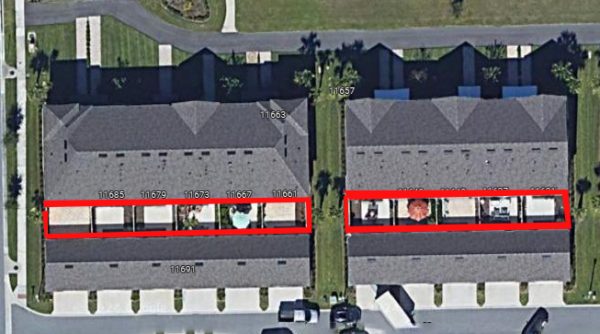
This can be covered space, uncovered space, or attached via a breezeway.
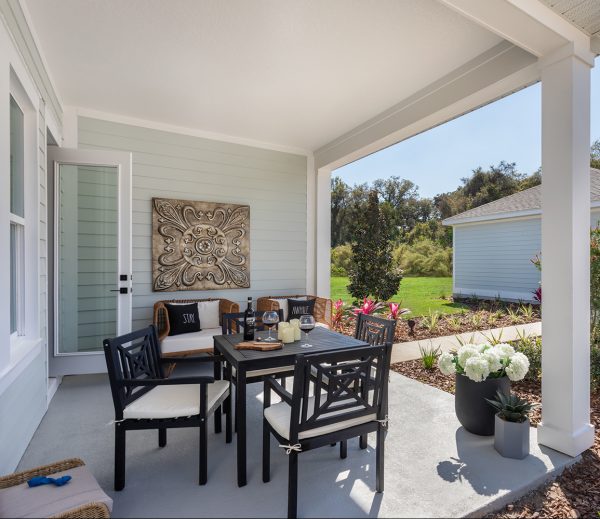
Regardless – it provides a private setting that offers both privacy and personalization. However, detaching the garage requires a lot of extra depth in the lot. While this is a compelling solution, it is not always affordable.
Second floor rear porch
Since the desire for outdoor living is huge, finding ways to incorporate it has been paramount for many builders and developers. Adding a rear porch over the driveway seems like a great way to add outdoor living without increasing the building footprint, since the rear setback is typically larger because of the driveway. While being above the driveway isn’t ideal, the second-floor location adds a degree of privacy from the street. Most people aren’t looking up (unless you’re an architect looking for examples of second floor porches).
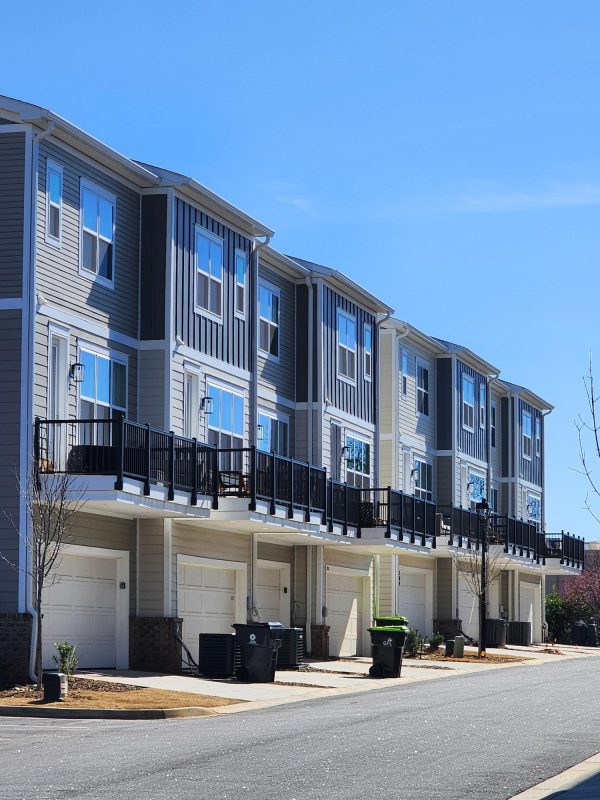
Cantilevered Deck
Supporting the second-floor deck is certainly more complicated than a simple rear patio. One method is to cantilever a deck to capture the space above the driveway. These decks tend to be shallow. The 1/3 rule is among the common theories applied in the industry, but it is not a building code. According to this rule, “for every foot of joist length from the house to the beam, there can only be 1/3 of that amount overhanging the beam.” Based upon this rule of thumb, a five-foot deck needs the floor joist to extended 15’ on the other side of the beam. Five feet is a reasonably sized porch for a couple of chairs and maybe even a small table. The greater the depth of the porch, the more livable and expensive it becomes.
Deck over the Garage
Another way is to place the outdoor living above the garage space. This eliminates the need to cantilever, but adds the complexity of creating a waterproof barrier between the outdoor living and the garage. Not impossible, but not the most cost-effective – especially when a warranty issue arises.
Deck Supported by Columns
Adding columns to support the deck seems like the most logical solution – until you add the complexity of the driveway. Obviously, the columns need to be far enough apart to allow a car to pass under than. We often see this deck spanning the entire width of the unit with columns on each end along the line of the party wall. I would highly recommend wrapping the support in brick to prevent wayward teenage drivers from bringing down the porch. Extending the brick supports to the second-floor porch roof adds visual privacy between units.
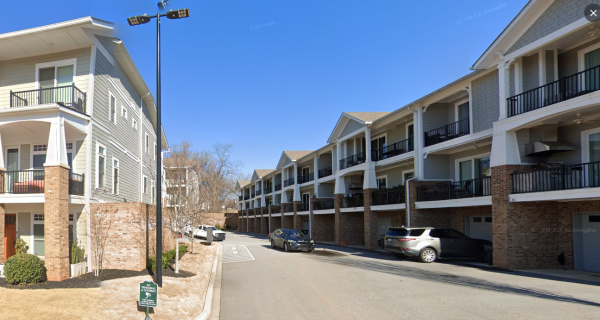
Upside-Down Townhome
In a two-story townhome, the second floor is often where we find the bedrooms while the kitchen, dining, and living are on the floor below. While a deck off the master suite is nice, it is not exactly favorable for grilling or outdoor dining. One solution is to create an upside-down townhome with the living areas on the second floor and the bedrooms on the first floor. If the primary suite can also be on the second floor along with the living areas, you have created what some call a “raised ranch” plan.
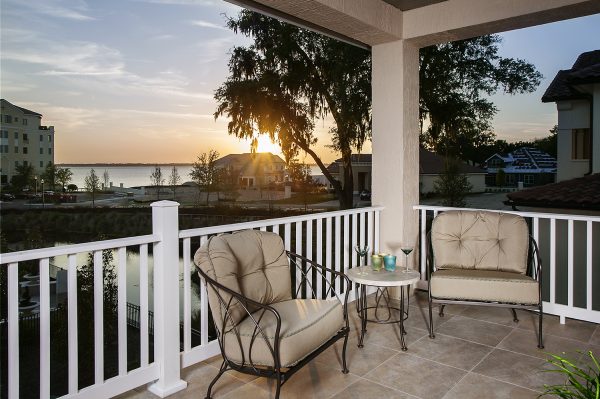
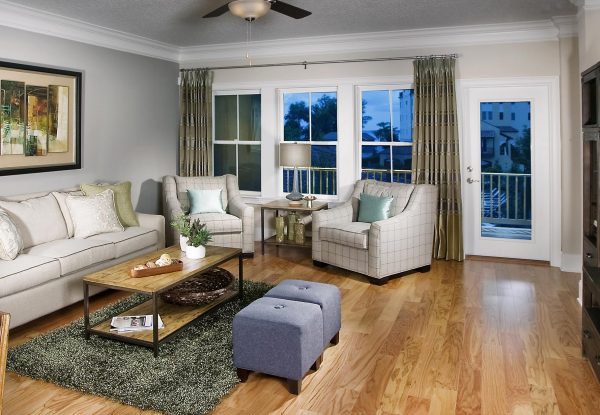
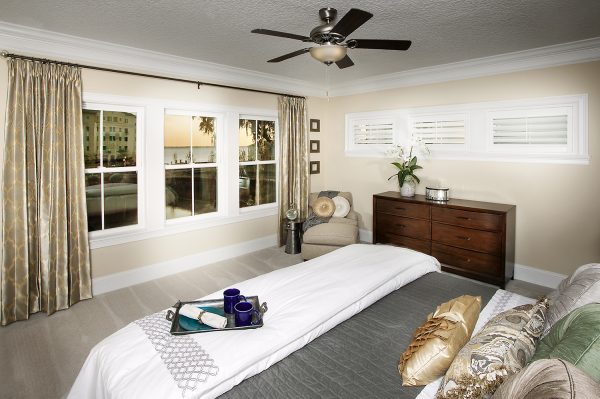
The second-floor deck over the alley is more common in a three story townhome with living on the second floor, garage on the first floor and bedrooms on the third floor. The advantage of three stories is a more compact footprint – great for density, but leaves buyers with a lot of steps to climb.
All of this seems a lot more complicated. But solving for a private outdoor living space in an alley will eliminate an objection from buyers who want to enjoy the outdoors. And please, if you’ve gone to the expense of creating outdoor living, merchandise it! Show how much furniture you can fit on the porch.
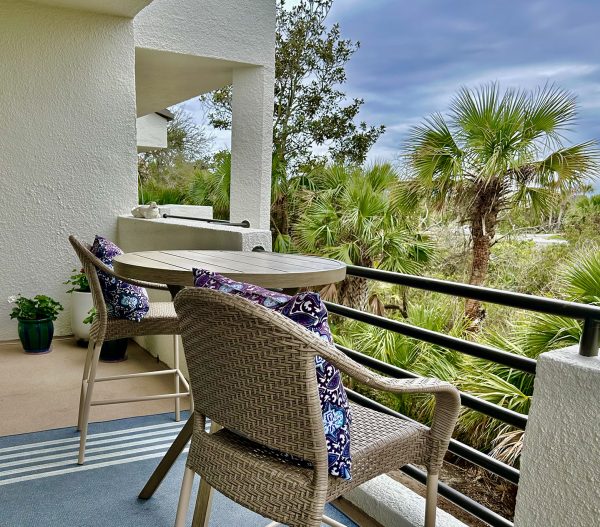
If showcasing more than one unit, show a couple different ways to personalize it. Ah – and don’t forget to include the herb garden!
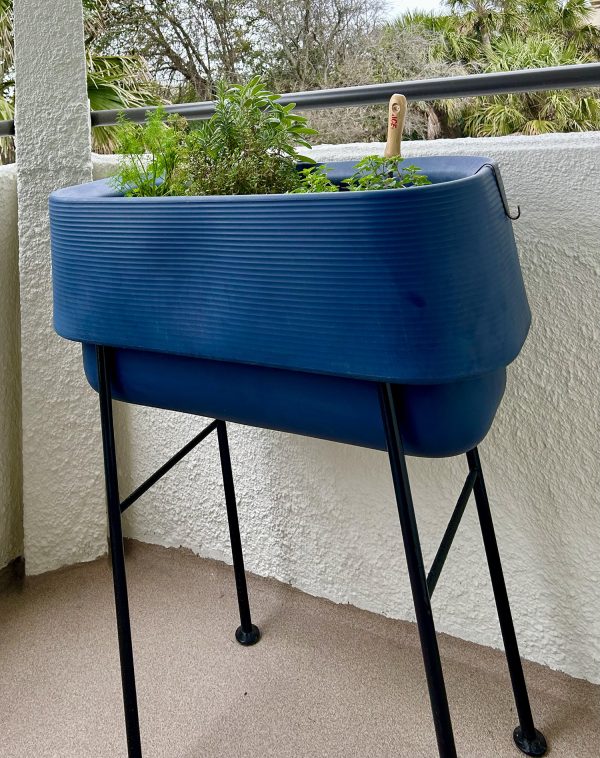
Who wouldn’t want that?
Categorized in: Uncategorized
This post was written by Housing Design Matters


